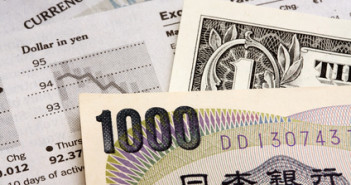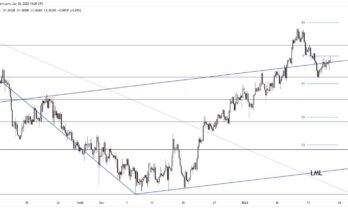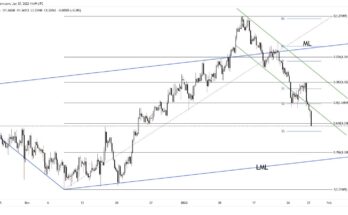The Technical Confluences Indicator shows that after the USD/JPY broke to the highest since February, it faces a dense cluster of resistance only at ¥110.25. This area is the meeting place of the Pivot Point one month R3 and the Simple Moving Average 200-one-day. Both are long-term, potent levels.
The pair may face light resistance at ¥109.50, the confluence point of the Bolinger Band one hour Upper and the Pivot Point one day R2. However, these lines are not that strong.
On the downside, the USD/JPY faces plenty of support. An immediate cushion awaits at ¥109.15, where we see a congestion of the SMA10-15m, the Pivot Point one-day R1, the SMA5-15m, and the Bolinger Band 15m-Upper (Stdv. 2.2).
The next significant confluence is quite close:Â¥108.90Â which concentrates the SMA10-4h, the BB 15m-Lower, the SMA100-15m, the BB one hour-Middle, the SMA50-15m, and the Fibonacci 38.2% one-day.
All in all, the path of least resistance is to the upside. The pair already worked its way through dense areas of resistance thanks to higher US bond yields.
Here is how it looks:

Confluence Detector
The Confluence Detector finds interesting opportunities using Technical Confluences. The TC is a tool to locate and point out those price levels where there is a congestion of indicators, moving averages, Fibonacci levels, Pivot Points, etc. Knowing where these congestion points are located is very useful for the trader, and can be used as a basis for different strategies.
This tool assigns a certain amount of “weight†to each indicator, and this “weight†can influence adjacents price levels. This means that one price level without any indicator or moving average but under the influence of two “strongly weighted†levels accumulate more resistance than their neighbors. In these cases, the tool signals resistance in apparently empty areas.
Learn more about Technical Confluences



